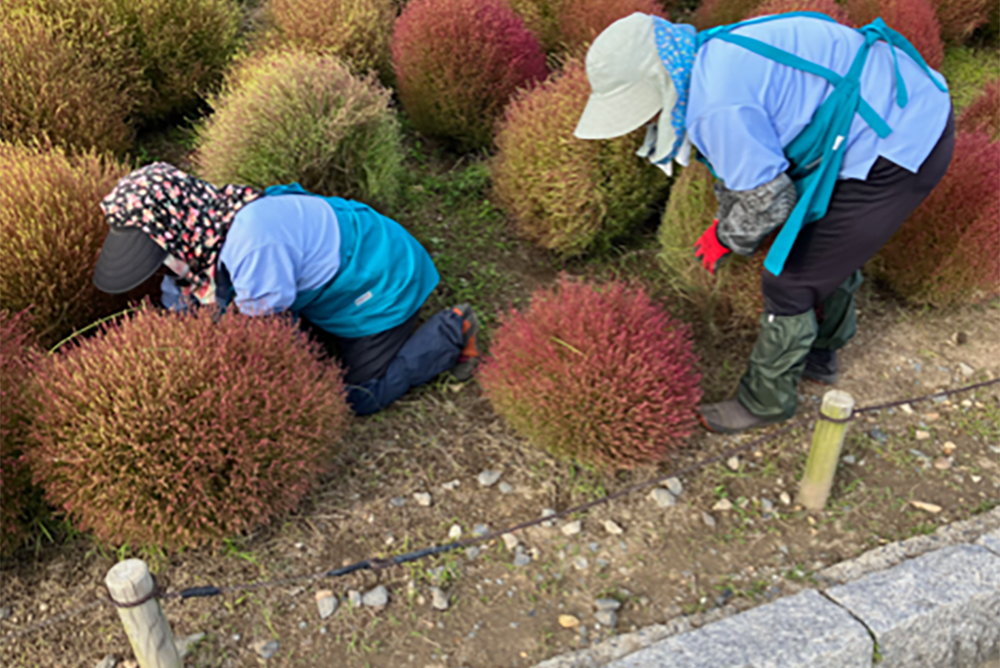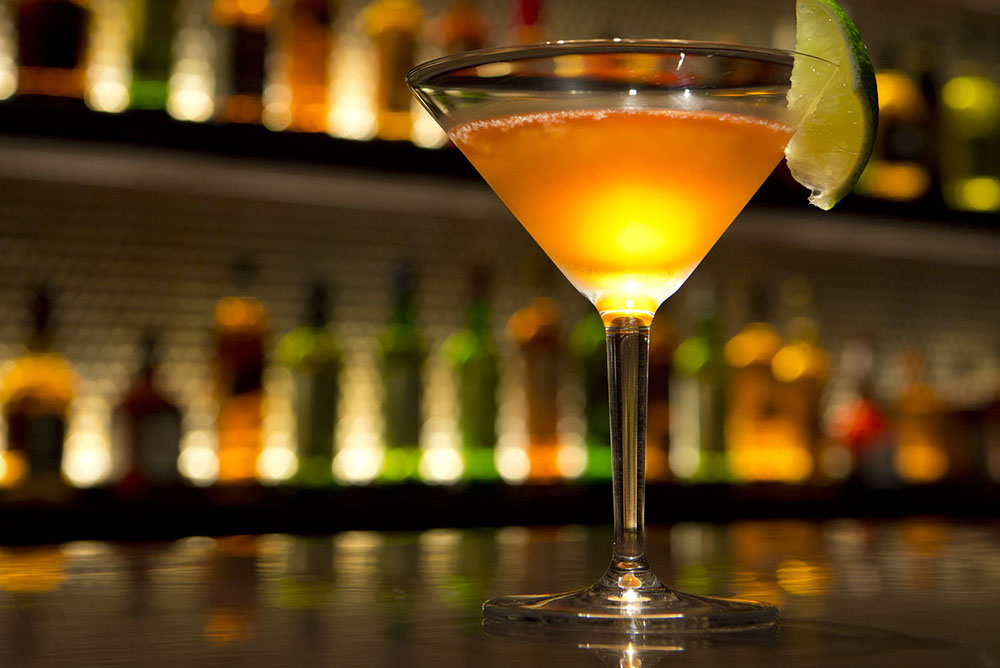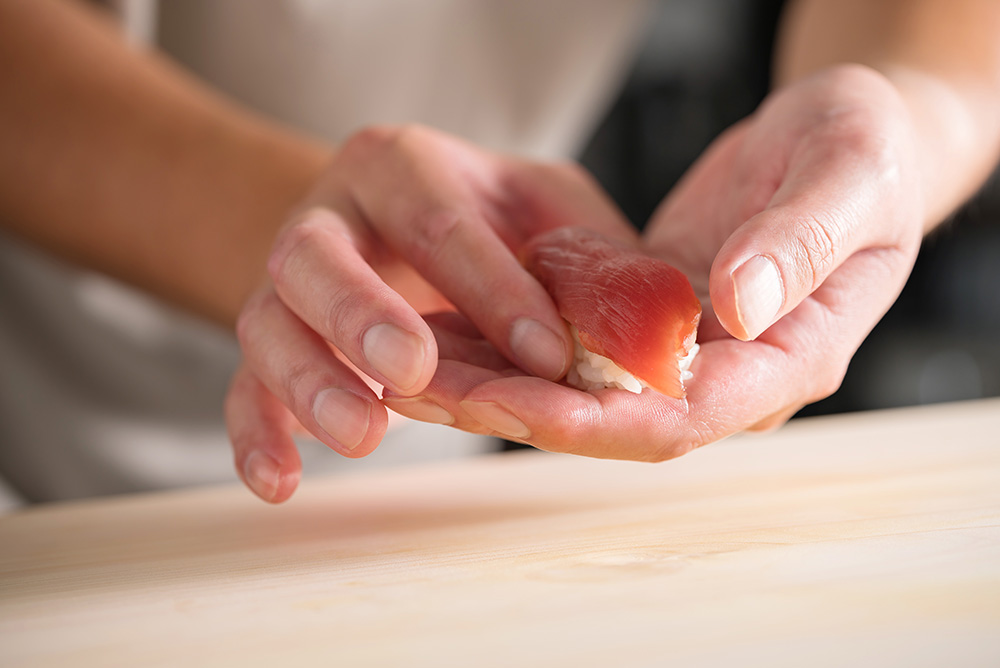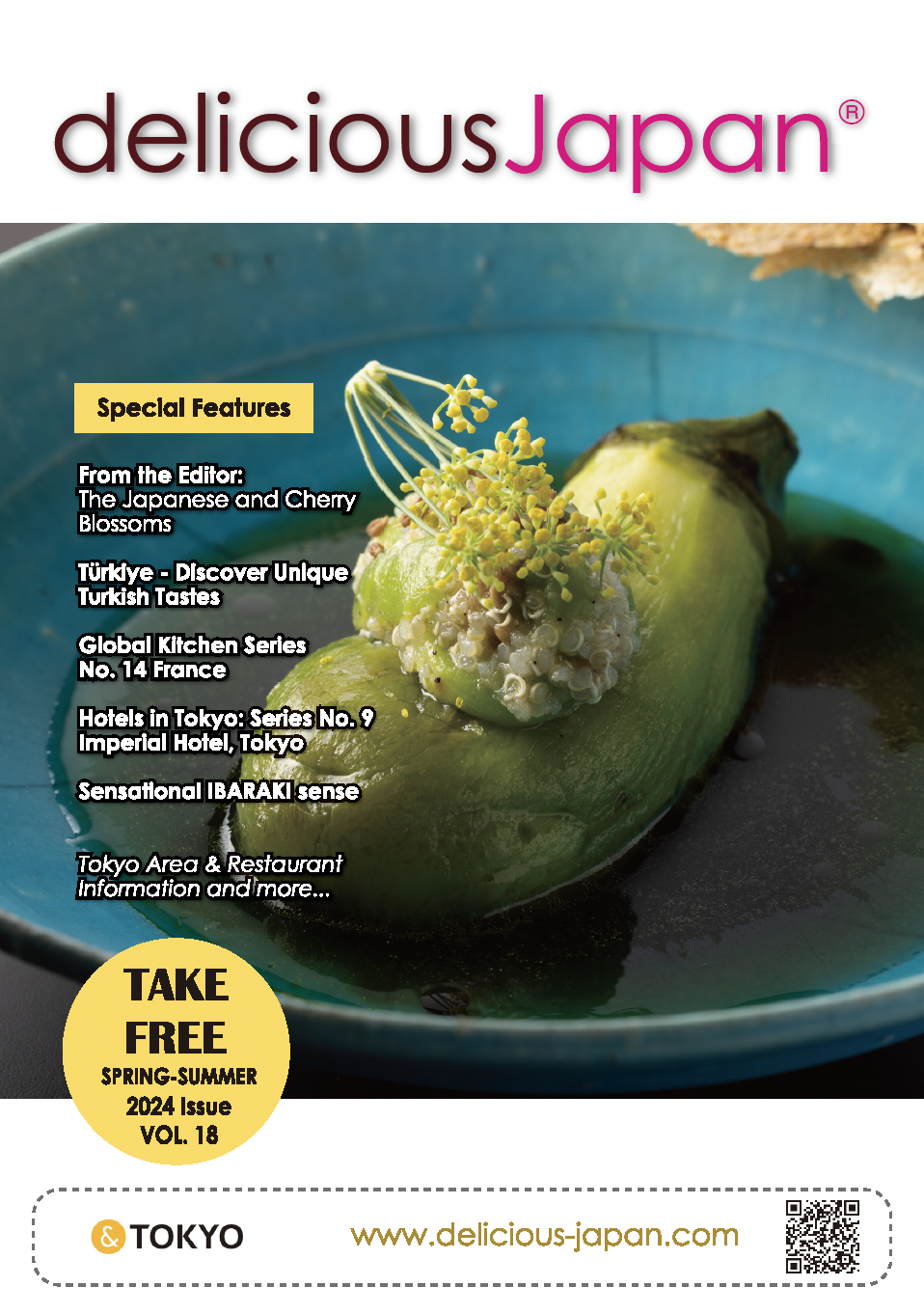
Washoku - Taste the natural flavors of the seasonal ingredients
Other Characteristics of Washokuwashoku
The basis of washoku is that it is the meals of ordinary homes, forming a four-part set of rice, soup, side dishes, and pickles. Soup, side dishes, and pickles are served as complementary dishes to enhance enjoyment of rice as the staple food. The meal, consisting of the staple food and complementary dishes, is eaten from bowls using chopsticks, picking each up in turn.
Washoku has always included the custom of enjoying ingredients gathered from the fields near the house, which is to say, foodstuffs that are close at hand. The sansai (wild plants) and other vegetables gathered from Japan’s meadows and mountains are so abundant that there are over 300 varieties. On the coasts, diverse fish, shellfish, and seaweeds are gathered in abundance. Rural areas have expanses of paddy fields where rice is nurtured by rainfall at double the global average. Currents both warm and cold flow in the seas that surround Japan, providing plentiful sea produce. From that background, people have respected that nature that surrounds them, and created and nurtured cuisine that makes the most of the flavors of nature. This custom of using nature’s flavors leads to cuisine that draws on the original flavor. Ingredients are not processed or modified any more than necessary, and are not flavored, with condiments such as shoyu and wasabi (Japanese horseradish), until immediately before they are eaten. This makes the kind of food that tastes better because it is eaten together with rice as the staple food.
For example, in chirashi-zushi (ingredients scattered on sushi rice), the staple rice and the complementary seafood are placed in the same dish, but they are not mixed. To enjoy the abundant variations of the seafood, it is placed in the same dish to please the eye, and eaten in its natural, fresh form together with rice. Food that looks beautiful is eaten and enjoyed as it stands.
Shrimp tempura looks like rather a highly processed dish at first sight, but in fact the tastes of the ingredients are treasured. In tempura, the parts that form the crispy coating are fried in oil, but the shrimp in the middle is only steamed, to preserve the original flavor. When this tempura is eaten with tentsuyu dipping sauce, the umami of the oil unifies with the taste of the shrimp, to delicious effect.
Dashi Stock, Shoyu, and Miso are Essential for Washoku bonito
Miso and shoyu are decisive elements in “the taste of Japan”. Miso is used in miso soup, and in dishes of all kinds, as a flavoring for vegetables, fish, and meat. The same is true of shoyu, and its relationship to dashi must not be forgotten. The umami flavor of dashi is based on the glutamic acid of kombu (kelp) and the inosinic acid of katsuo (bonito). The umami that is born from these proteins is truly a flavor discovered by the Japanese people. It has been recognized around the world as a fifth flavor, alongside sweet, sour, salty, and bitter.






